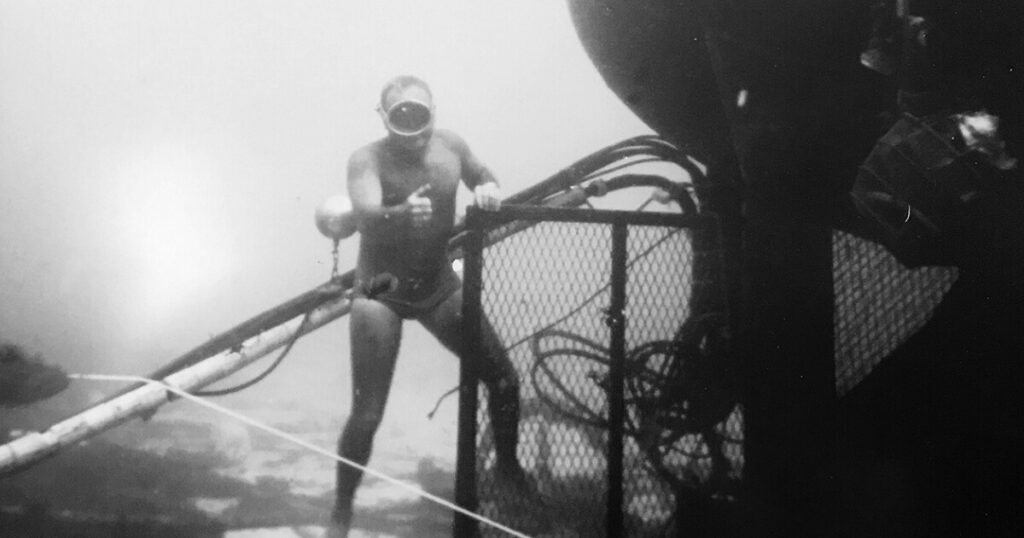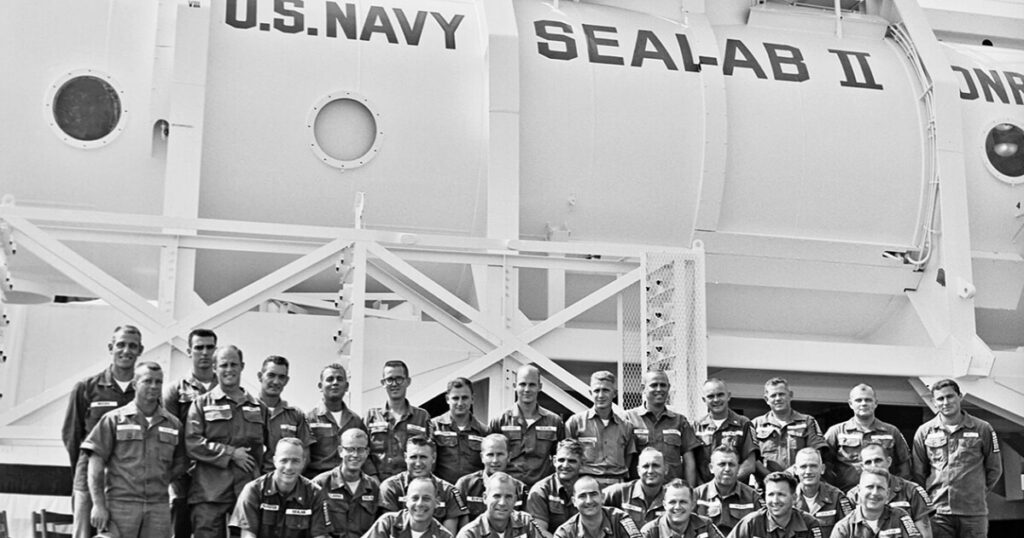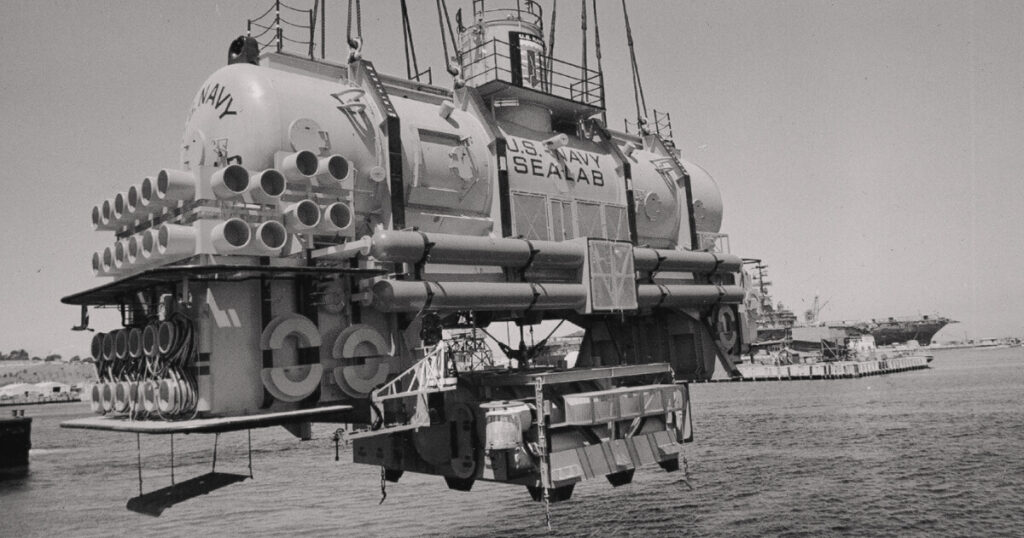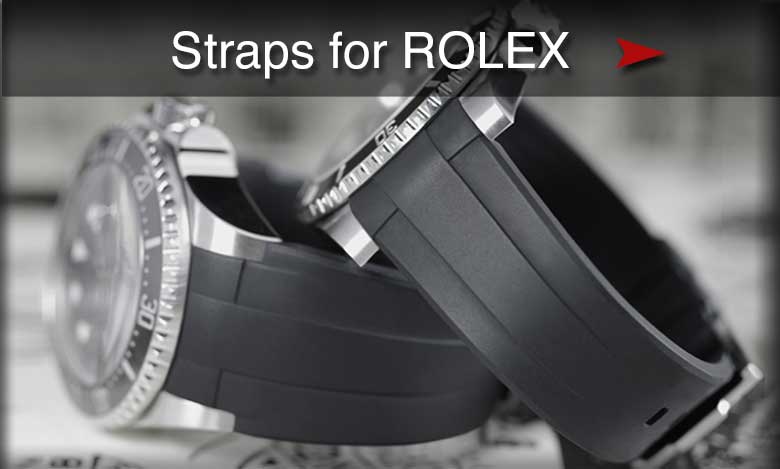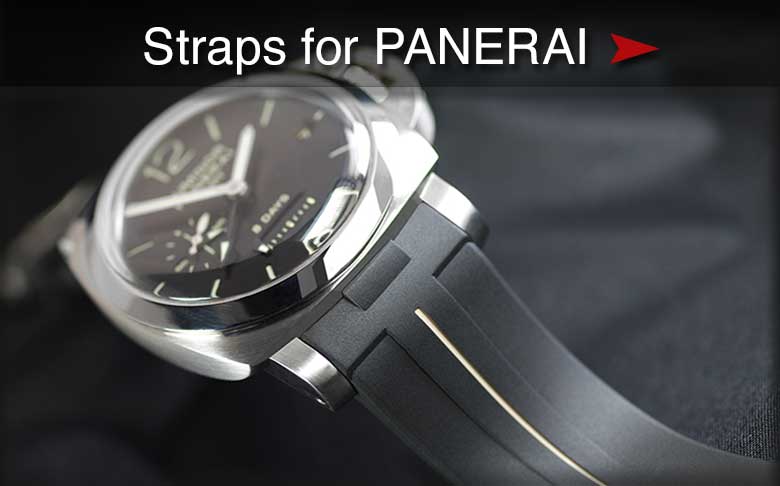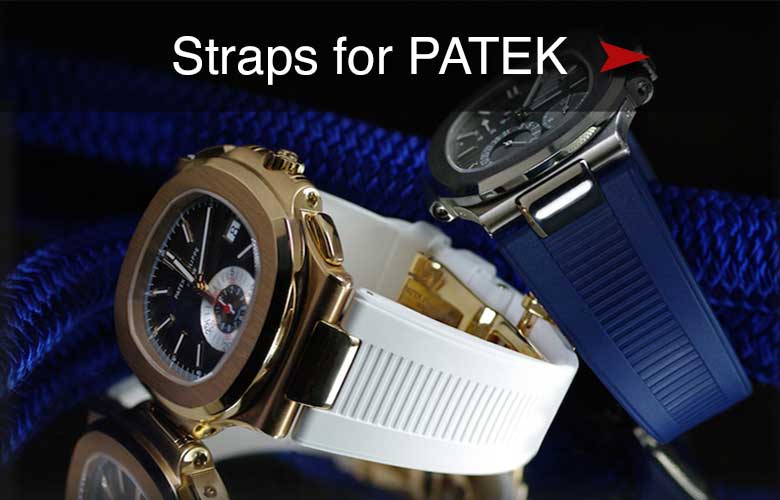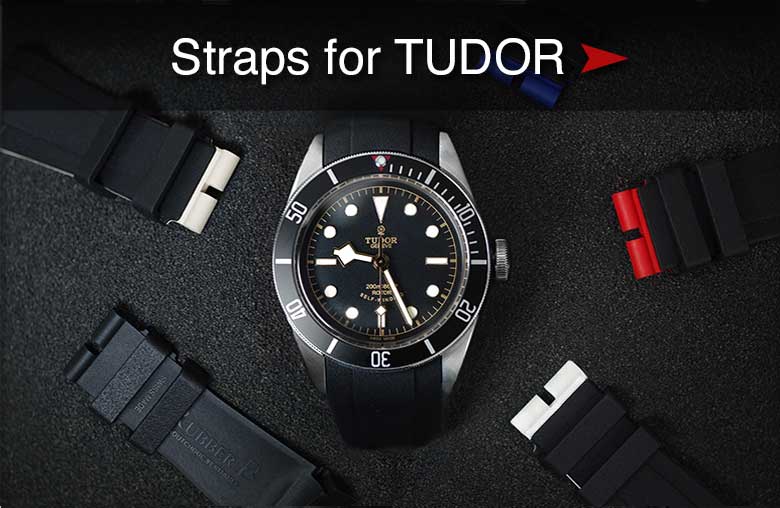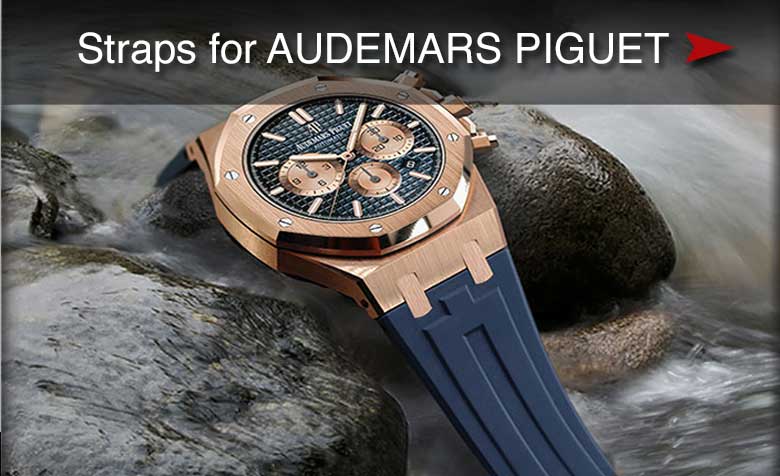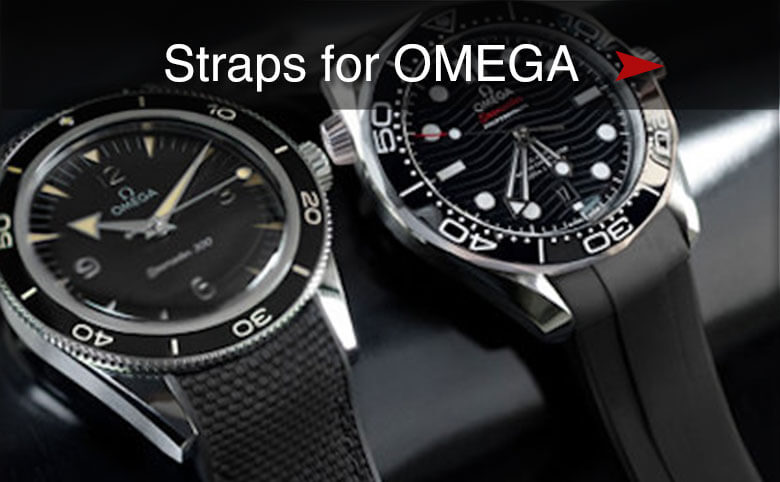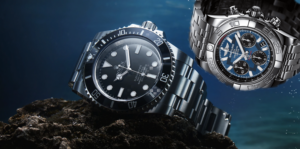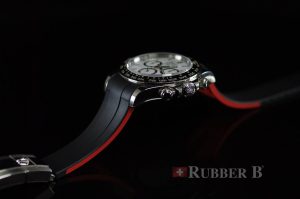As the leading producer of custom rubber watch straps, Rubber B consistently strives to innovate and improve on our existing product catalog, which features custom rubber watch straps for watches from leading watchmakers around the globe, such as Rolex, Tudor, Panerai, and Audemars Piguet. Today’s blog entry is going to focus on the first brand we listed here, and more specifically, a pioneering scientist who helped them create one of their most well-known and enduring features – Robert A. Barth.
While his name may not be immediately recognizable to most people, Bob Barth’s contributions to both marine science and horology would lead him to, in time, be renowned as a pioneer in his field. He was so respected among watch collectors and fellow Navy divers, in fact, that he would come to be known as the “Father of the Rolex Sea-Dweller.”

Barth passed away last year at his home in Florida, at the venerable age of 89, and so Rubber B thought it would be appropriate to take a brief look at a man who changed the course of diving, and watchmaking, forever.
Who Was Bob Barth?
Robert A. Barth was born in Manilla, Philippines on August 28, 1930. His father was an active U.S. Army officer who served on the staff of noted general Douglas MacArthur. When Barth was ten years old, his parents would divorce, and he would remain with his mother in the Philippines.
Barth’s mother would remarry to a gentleman named Sam Knowles, who was employed by International Harvester at the time. The company would send the family to a variety of different places around the world, which began to make young Robert unhappy. After being sent to Dunbar, South Africa, Barth decided to return to the United States on a cargo ship named “Westward Ho.” In 1947, Barth would arrive in Chicago and immediately enroll in the United States Navy.
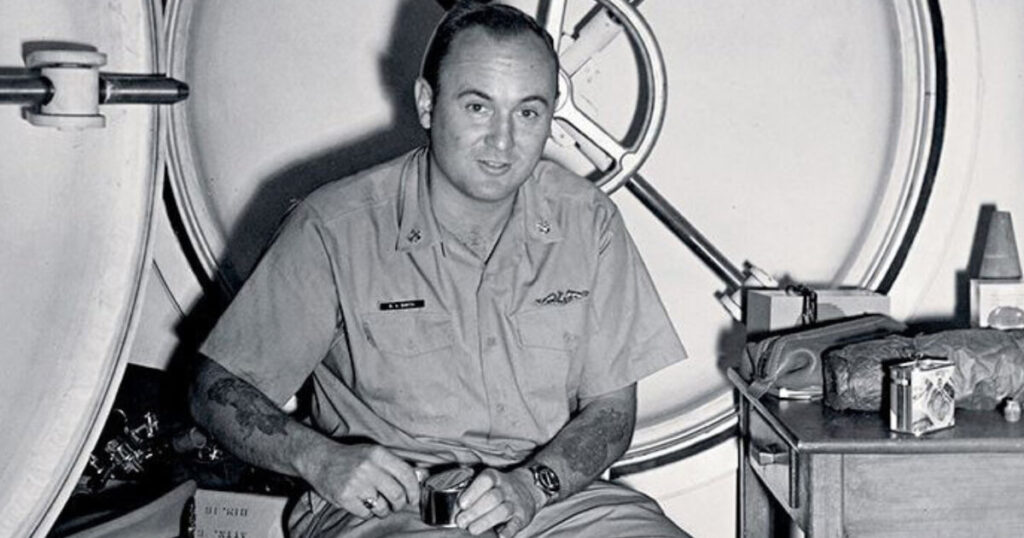
Bob Barth Begins His Naval Career
During his time in the Navy, Barth became fascinated by the divers he encountered, and soon decided to become one himself. He would befriend, and later work with, Dr. George F. Bond, who was beginning his pioneering research on saturation diving at the time. In order to understand Robert Barth’s contributions to the fields of horology and underwater diving, it is worth taking a brief moment to explain saturation diving in more detail.
What is Saturation Diving?
For our purposes, the simplest way to explain saturation diving is to understand that it focuses on allowing a diver’s body to reach a state of equilibrium with the breathing gas they are using while undertaking deep-sea dives. This is significant because it greatly reduces the time that divers must spend undergoing decompression upon the completion of their dives.
This allows for dives that can go on for weeks at a time, and also increases the safety of the divers as well. This pioneering research has since gone on to save thousands of lives since it was initially discovered and implemented by the U.S. Navy.
What Were Bob Barth’s Contributions to Horology and Diving?
In 1964, Barth and Bond were part of the team that worked on SEALAB I, a deep-sea diving habitat that was specifically designed to prove that saturation diving was a viable option, and one that the Navy should be taking seriously. The experiment was a success, and it would go on to be repeated on two more occasions, in 1965 and 1969, respectively.
In between the launches of SEALAB II and SEALAB III, Barth attended a dive trade show in New York, where he would meet an archeological diver named T. Walker Lloyd. During their conversation, Barth mentioned to Lloyd that a number of the diver’s watches had become damaged due to decompression while underwater.
However, Barth had also managed to devise a rather ingenious solution for this problem as well. He realized that the helium molecules underwater were so small that they could pass through the watch, and when the watch resurfaced, they were not able to decompress fast enough, thereby damaging the timepiece from the inside out.
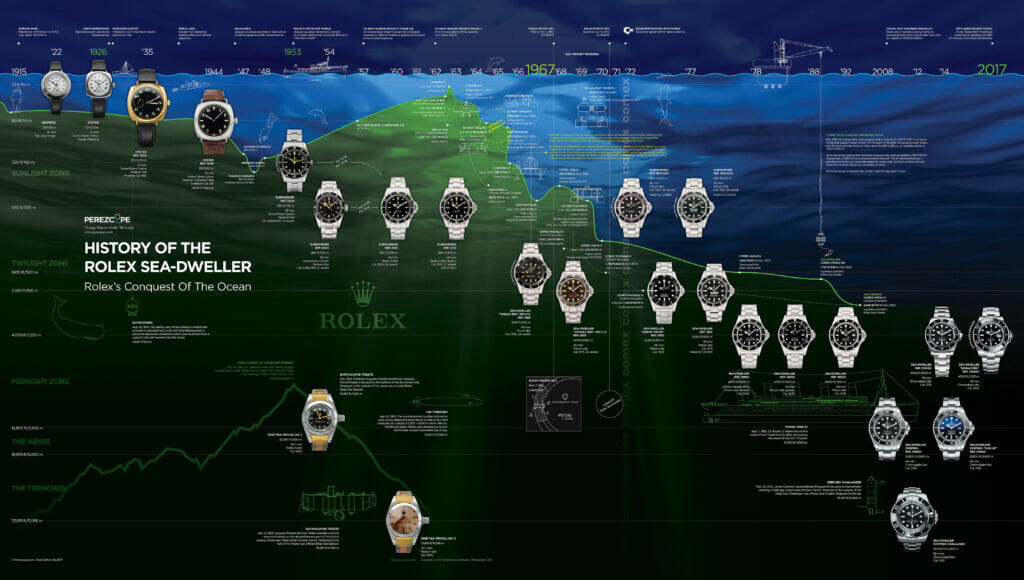
What was his solution? Like most great ideas, it was actually a rather simple fix to a complex problem. He stated that these deep-sea watches simply needed a one-way helium release valve that could safely release the helium from the watch once it surfaced.
Lloyd would later share this idea with Rolex, though Barth would thankfully be credited as its true inventor in due time. Rolex would later go on to famously implement this idea in their Rolex Sea-Dweller watches, thus securing Bob Barth’s place in history as both a pioneering aquanaut and a major contributor to watchmaking as well.
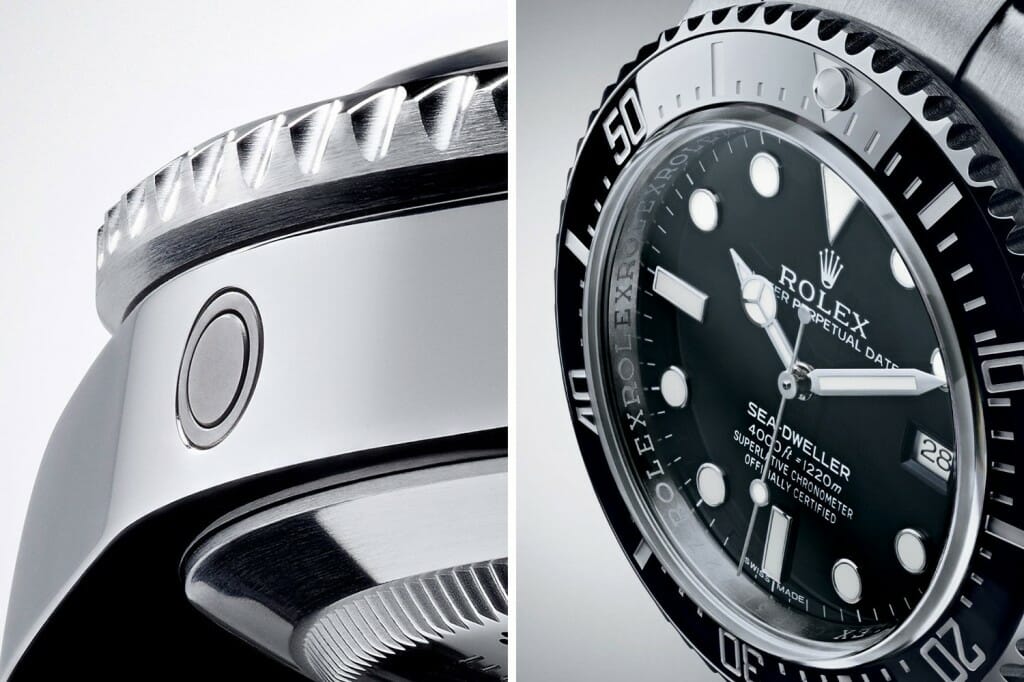
Are You In Need of a Custom Rubber Watch Strap For Your Rolex Watch? Visit Rubber B Today
All of our watch bands are made from 100% vulcanized rubber and manufactured in Switzerland by industry professionals with decades of experience behind them. All of Rubber B’s straps are also non-toxic and non-allergenic, ensuring a quality product that is sure to last for years to come.
For more information on our complete product catalog, please visit our website today.
Follow us on Instagram
